Abundance: rare (in Texas)
What: roots, seeds, leaves, flowers
How: roots boiled; seeds pressed for medicinal oil, tea; leaves for tea, poultices; flowers for tea, poultices
Where: fields, ditches, disturbed areas
When: summer, fall
Nutritional Value: root calories; seeds, flowers, leaves medicinal, calcium & potassium, omega fatty acids
Dangers: seeds oils are blood thinners
Medicinal Summary:
Seeds - anti-inflammatory; strengthens immune system; antihypertensive; cholesterol reduction; slows blood clotting; bronchodilator; vasodilator; antianxiety; antidepressant; reduces PMS mood swings; reduces hyperactivity (tisane)
Evening primrose plant.
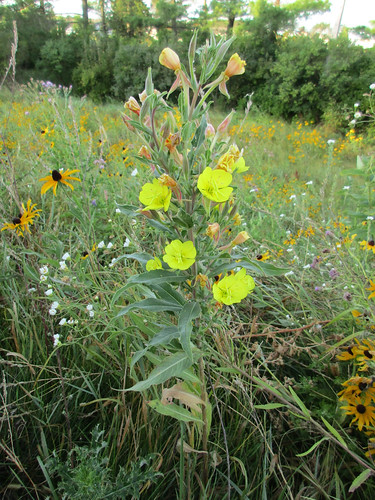
Evening primrose flower buds.
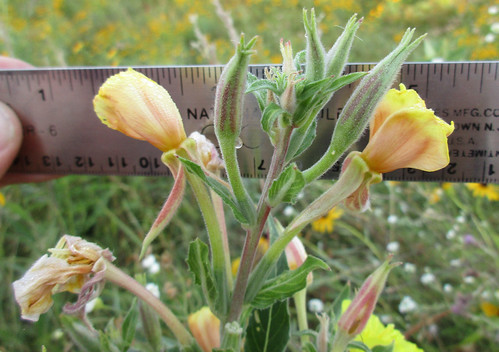
Close-up of evening primrose flowers. Note the four petal and 4-part, H-shaped stigma.
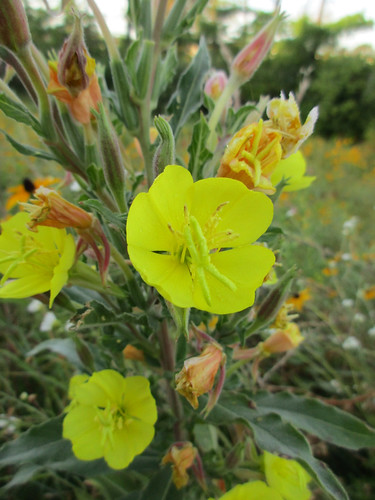
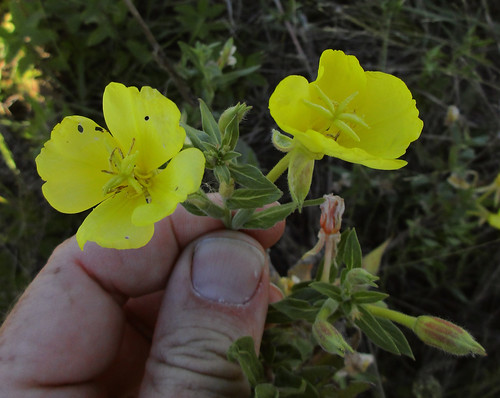
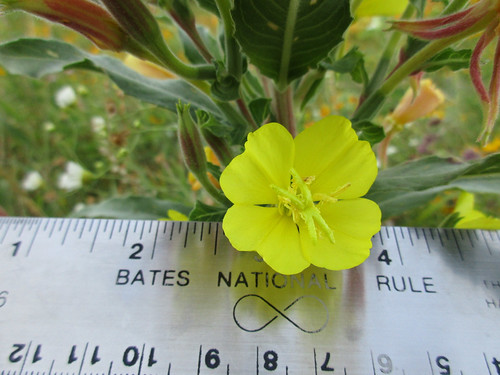
Close-up of evening primrose stem. Stem is hairy, leaves & branches alternate.
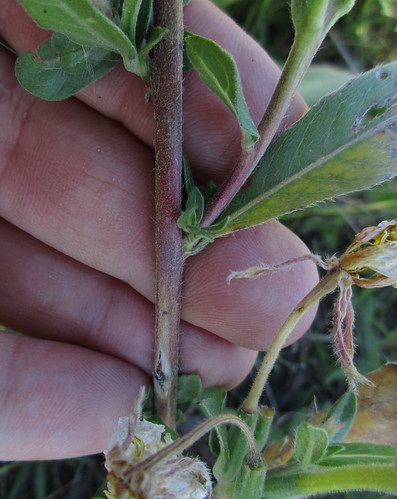
Close-up of evening primrose hairy, toothed edge, pinnate veined leaf.
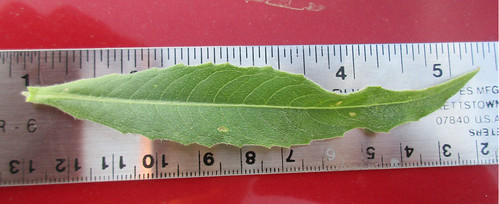
Texas distribution, attributed to U. S. Department of Agriculture. The marked counties are guidelines only. Plants may appear in other counties, especially if used in landscaping.
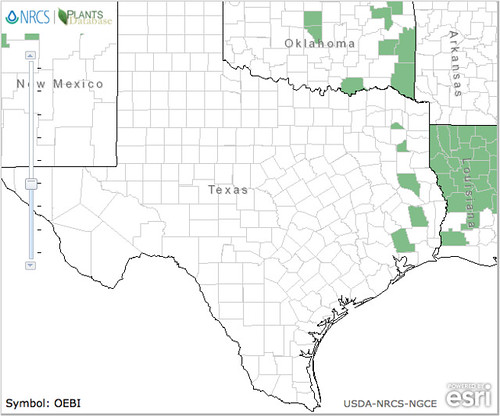
North American distribution, attributed to U. S. Department of Agriculture.
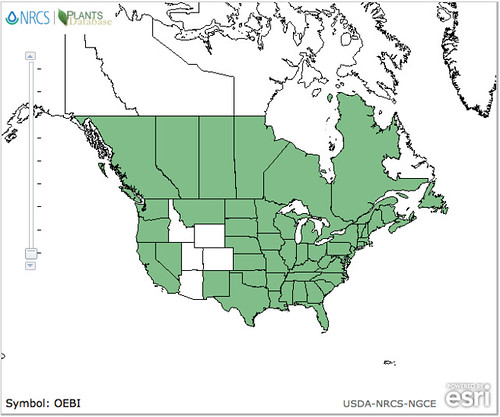
While common up north, Evening Primroses are rare in Texas, being found in a few spots in the east and central fields. Begin looking for them in mid to late winter going on to the end of spring. While normally they do prefer open fields I've found some hanging out in open woodland glades, too. To the untrained eye they may be mistaken for goldenrod, both having an upright stalk from which lanceolate-shaped leaves grow. Evening Primrose stems are much hairier and the leaves are wider than goldenrod's stem and leaves. Of course, the big difference is in the flowers with Evening Primrose having clusters of large, traditional, yellow/pink 4-petaled flowers continuing through a large portion of the plants growth seasons whereas goldenrod flower don't appear until late summer and consist of hundreds of small, furry, gold-colored flowers.
Evening Primrose plants have a two-year lifespan and its large, tuberous taproot looks and tastes somewhat like a parsnip at the end of the first year. The root can be peeled and eaten raw or cooked. The leaves can be eaten in the first or second year of growth. Treat them like spinach, being fine raw when you and tender or cooking them as they mature.
Most people are after the seeds of Evening Primrose due to their medicinal properties. While the most common usage of the oil from the seeds is to assist with assorted female PMS issues and so I haven't studied them much. The seed oil are also blood thinners, have shown some benefits in treating mood-swing disorders including anorexia nervosa, depression, schizophrenia, hyperactivity, and assorted addiction more studies are needed to confirm these abilities.
Buy my book! Outdoor Adventure Guides Foraging covers 70 of North America's tastiest and easy to find wild edibles shown with the same big pictures as here on the Foraging Texas website.

